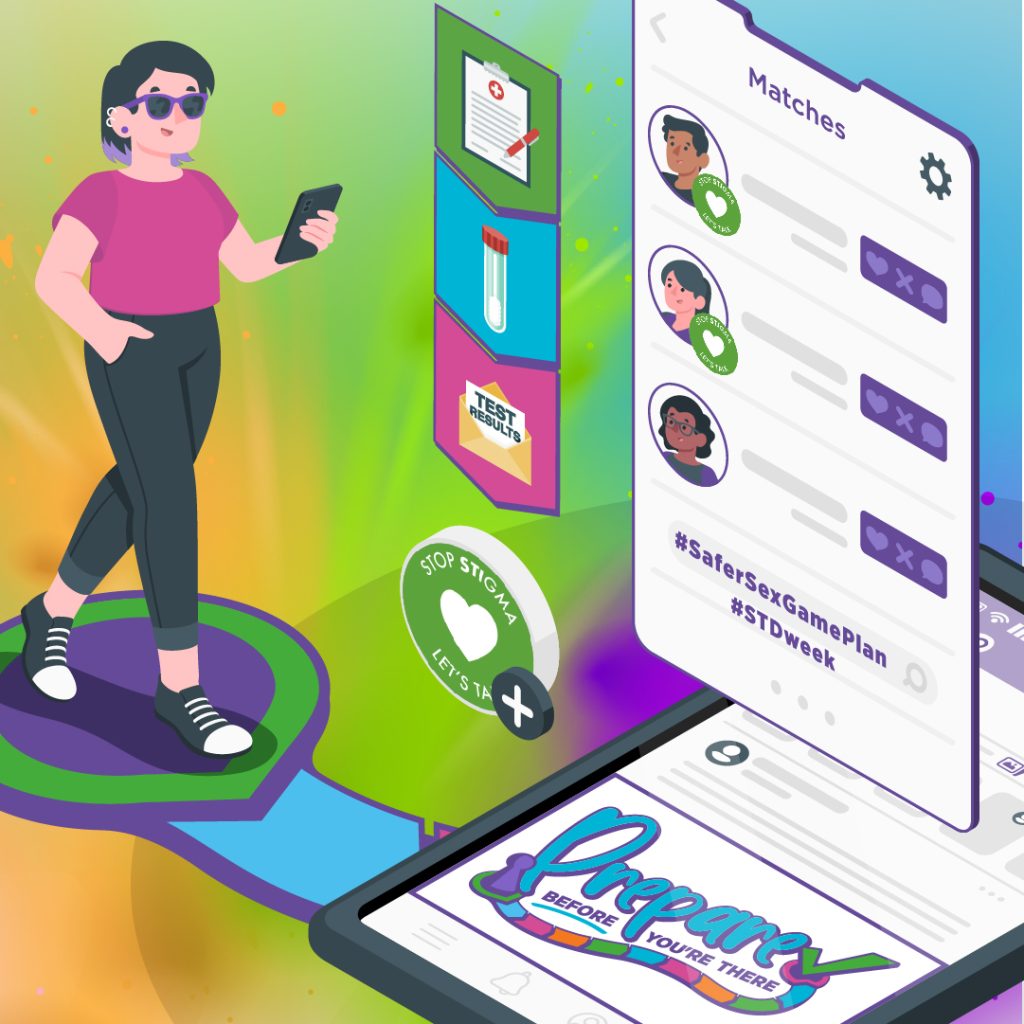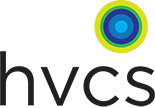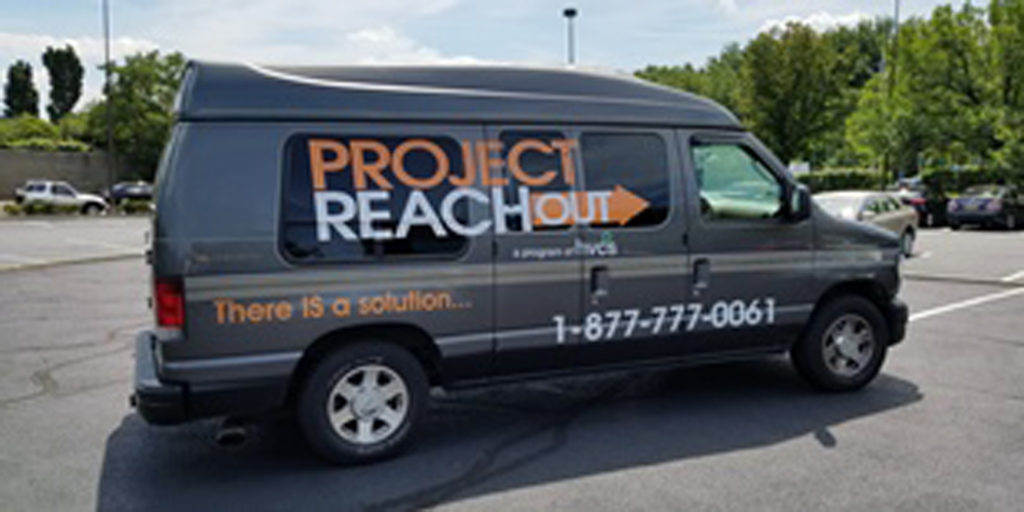
Syphilis rates increased 26% in 2021, for a second year in a row, and the “Big Three” STIs (sexually transmitted infections) racked up a record 2.5 million reported cases among Americans. That was at a time when we were supposed to be “socially distancing” and quarantining. COVID-19 was one of several infections that had banner years in 2020 and 2021.
Of course, most STIs are not fatal, except for syphilis if left untreated. Getting and having an STI carries a truckload of shame and stigma, which fuels new infections because the infected patient is less likely to tell a sexual partner of their condition. Another factor in the not-as-bad column: STIs are treatable and curable—except for herpes.
One for the not-so-hot column, though: infection with one STI makes you more susceptible to others, including HIV, which is also potentially fatal if left unmedicated.
According to the Centers for Disease Control, these are the 2021 statistics:
• Chlamydia: 1,628,397 cases – up 3%
• Gonorrhea: 696,764 cases – up 2.8%
• Syphilis: 171,074 cases – a 26% increase, for the highest number of cases in 75 years
• Overall (chlamydia, gonorrhea, syphilis): 2.5 million cases
What is not reflected in these numbers: the Mpox (monkeypox) epidemic, which has exploded in the past two years. HVCS has a dedicated Mpox wellness coaching team ready to answer questions and help clients connect to vaccines.
You may be asking, why are STI rates rising? Condom usage is dropping, spurred by the greater use of PrEP to prevent HIV. More and more of our clients report that they use barrier protection less often since they’re taking PrEP pills. While safer from HIV, those who go condom-less risk exposing themselves to STIs.
Scientists also posit that the ongoing opioid and meth epidemics are leading to more HIV and Hepatitis C infections among people who share needles, and the spread of other STIs as user trade drugs for sex that is often unprotected.
Leandro Mena, the director of the CDC’s Division of STD Prevention, was quoted by POLITICO: “Over two decades of level funding, when you account for inflation and population changes, have effectively decreased the buying power of public health dollars and resulted in the reduction of STI services at the local level. That reduction in screening, treatment and partner services likely contributed to these STI increases.”
April is National STI Awareness Month. We’re using this opportunity to call attention to our free STI testing services, available to anyone who doesn’t know their STI status. The best way to reverse the rise of STI rates is to increase knowledge of infection rates—knowledge really is power! To set up your appointment, visit our Testing Request page.



